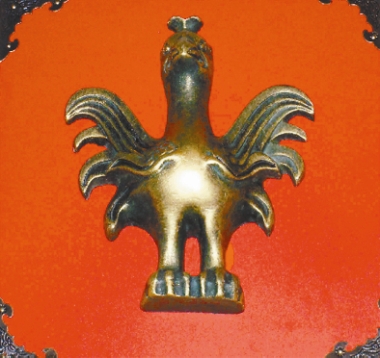 QINGDAO might have officially become an administrative city 120 years ago, but it had already become an important strategic area for the country by the Qin Dynasty (221-207 B.C.). Emperor Qinshihuang visited Qingdao three times. The Langxie Rock at the National Musuem and ancient walls in Langxie Township in Jiaonan are both evidence of the emperor having been here. Many experts believe that when the emperor sent Xu Fu to Japan, Xu left China from the Langxie Terrace in Jiaonan, said Guo Banxi, history professor from Qingdao University. On the Langxie Rock, it says “carving the rock to praise virtues of the Qin Dynasty.” This exemplifies the importance of Qingdao as the country’s eastern gate during that period. Many people moved to Qingdao during the brief dynasty, bringing the population to more than 10,000, said Guo. In the Han Dynasty (202 B.C.-A.D. 220), emperors built a higher terrace on top of Qingdao’s Nugu Mountain in Langxie Township. The rulers also built a temple at the terrace, which was to hold imperial ceremonies. There are also many ancient tomb ruins from the Han Dynasty in Qingdao, including a large tomb group for Han’s imperial families in Liuqu Mountain in Pingdu. According to the archaeological statistics, there are more than 1,000 ancient tombs in Shandong Province.(Wang Yuanyuan, Li Wei) | 
